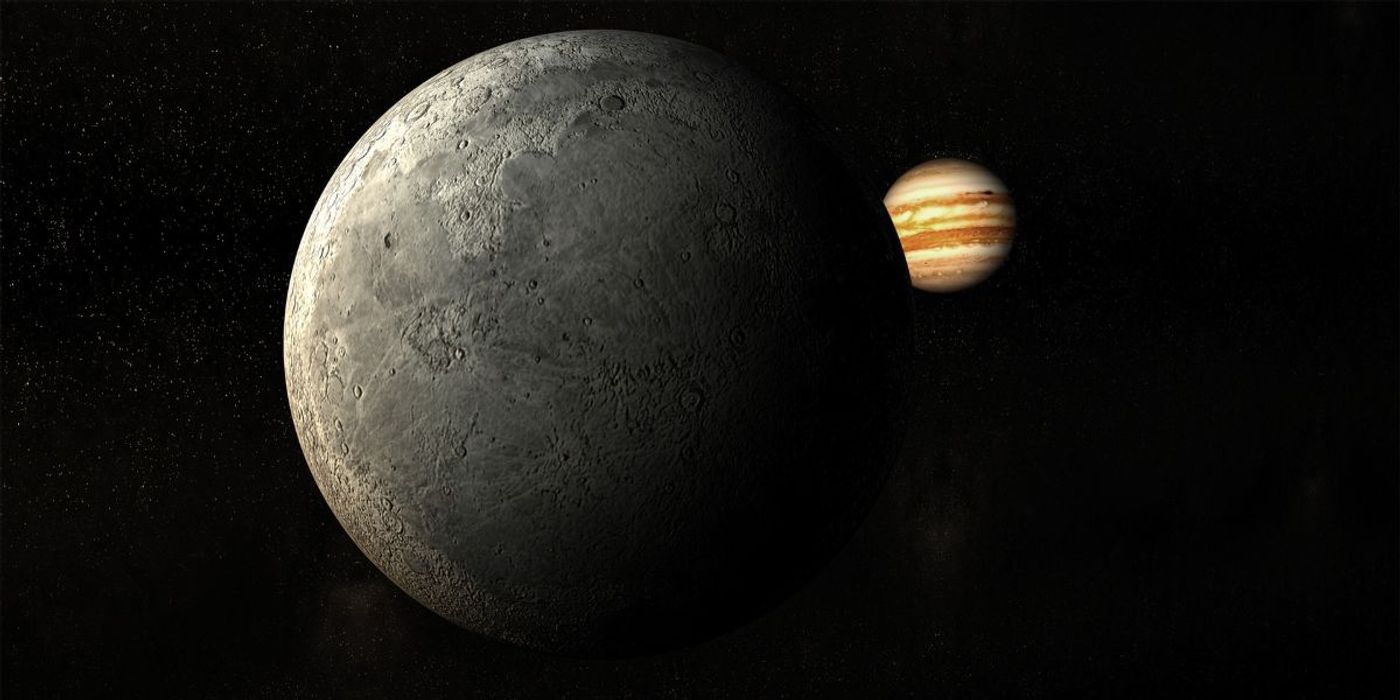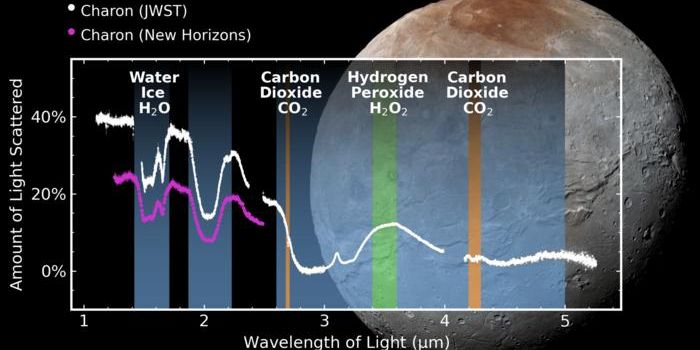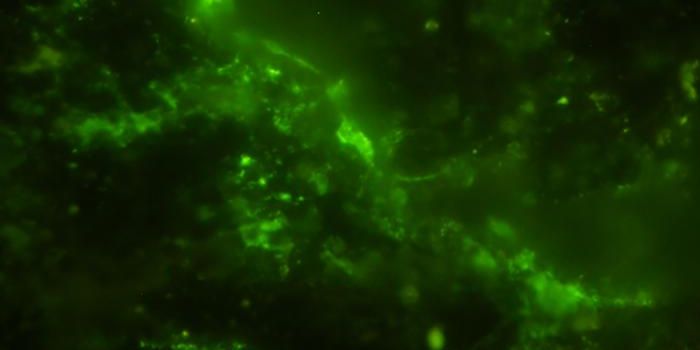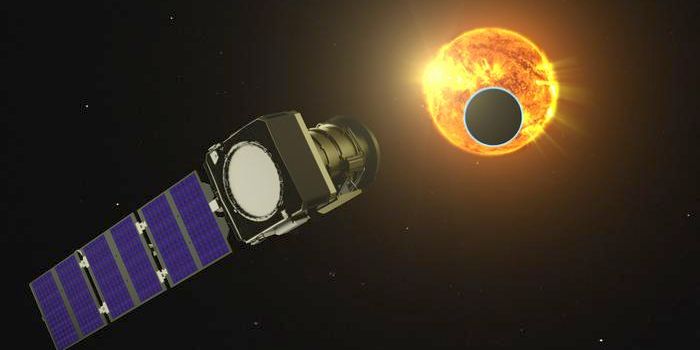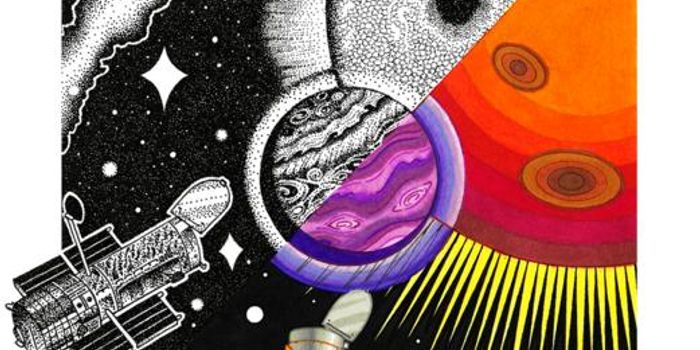Hubble Spots Evidence of Water on Jupiter's Moon
Scientists have spotted evidence of water vapor in the atmosphere of Jupiter's moon, Ganymede. The corresponding study was published in Nature Astronomy by an international collaboration of researchers.
Scientists suspect that Ganymede, the largest moon in the solar system, has more water under its surface than the Earth's oceans. Due to the extreme cold temperatures on the moon, however, current theories hold that water could only reside 100 miles beneath it's surface. This would mean that there would be very little or no water vapor in the planet's atmosphere.
Two images taken in 1998 by Hubble's Space Telescope Imaging Spectrograph (STIS) contained colorful ribbons of electrified gas known as auroral bonds. While these UV observations could be partially explained by the presence of molecular oxygen, some features seemed to indicate higher concentrations of atomic oxygen.
To see why this may be the case, in 2018 researchers set out to measure the amount of atomic oxygen in the moon's atmosphere usinga new data from Hubble's Cosmic Origins Spectrograph. After analyzing this data together with archival data from STIS taken between 1998 and 2010, they found that, contrary to previous thought, there was hardly any atomic oxygen in the moon's atmosphere.
Upon closer inspection of the images, the researchers further found that the areas containing auroral bonds correlated with areas where small amounts of water vapor could occur. They note that Ganymede's surface temperature varies throughout the day, becoming hot enough at around noon near the equator to release small amounts of water molecules.
"So far, only the molecular oxygen had been observed," said Lorenz Roth, lead author of the study. "This is produced when charged particles erode the ice surface. The water vapor that we measured now originates from ice sublimation caused by the thermal escape of water vapor from warm icy regions."
The researchers say that their findings could be used to refine observation plans for future research via the JUpiter ICy moons Explorer (JUICE), planned for operation from 2029.
Sources: Nature Astronomy, Science Daily, NASA
